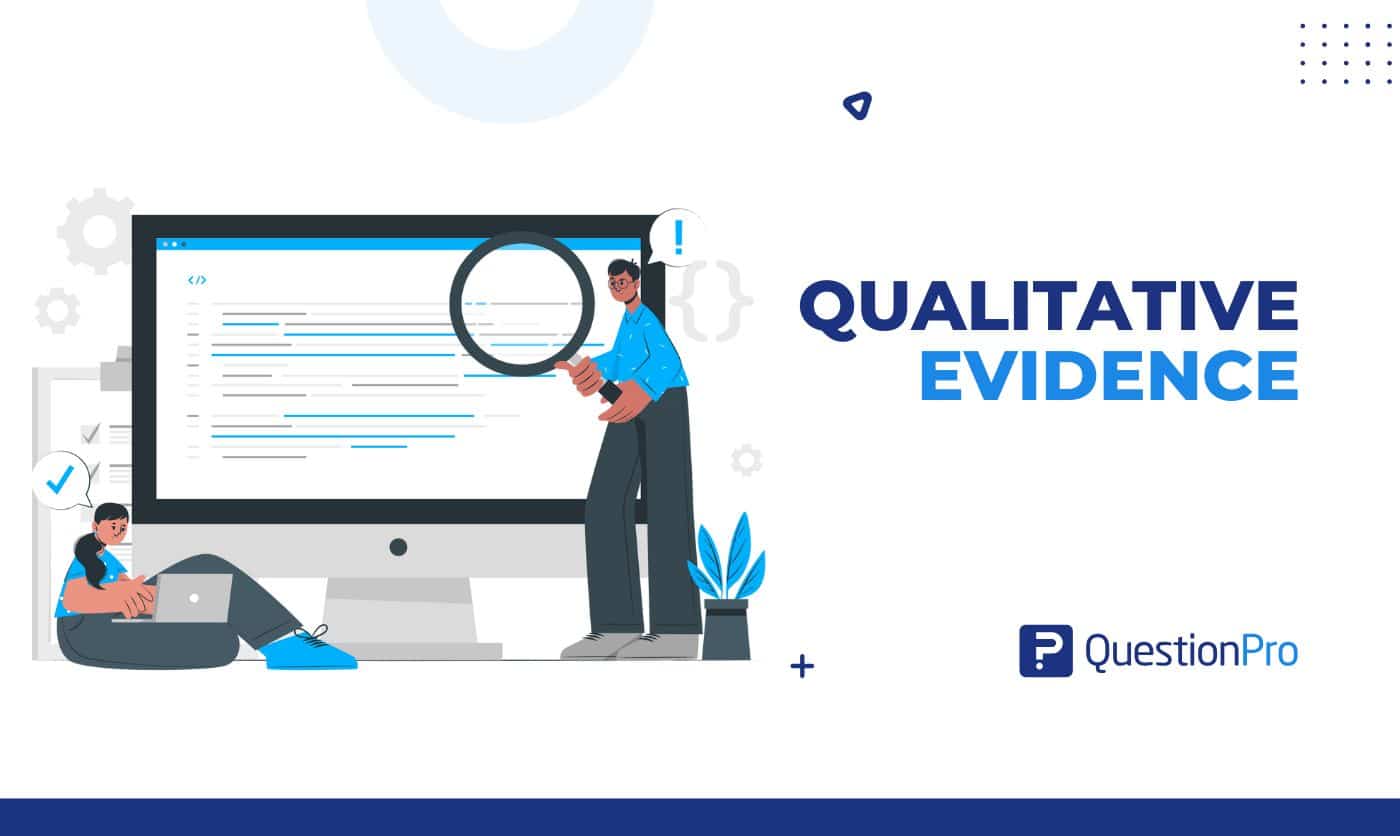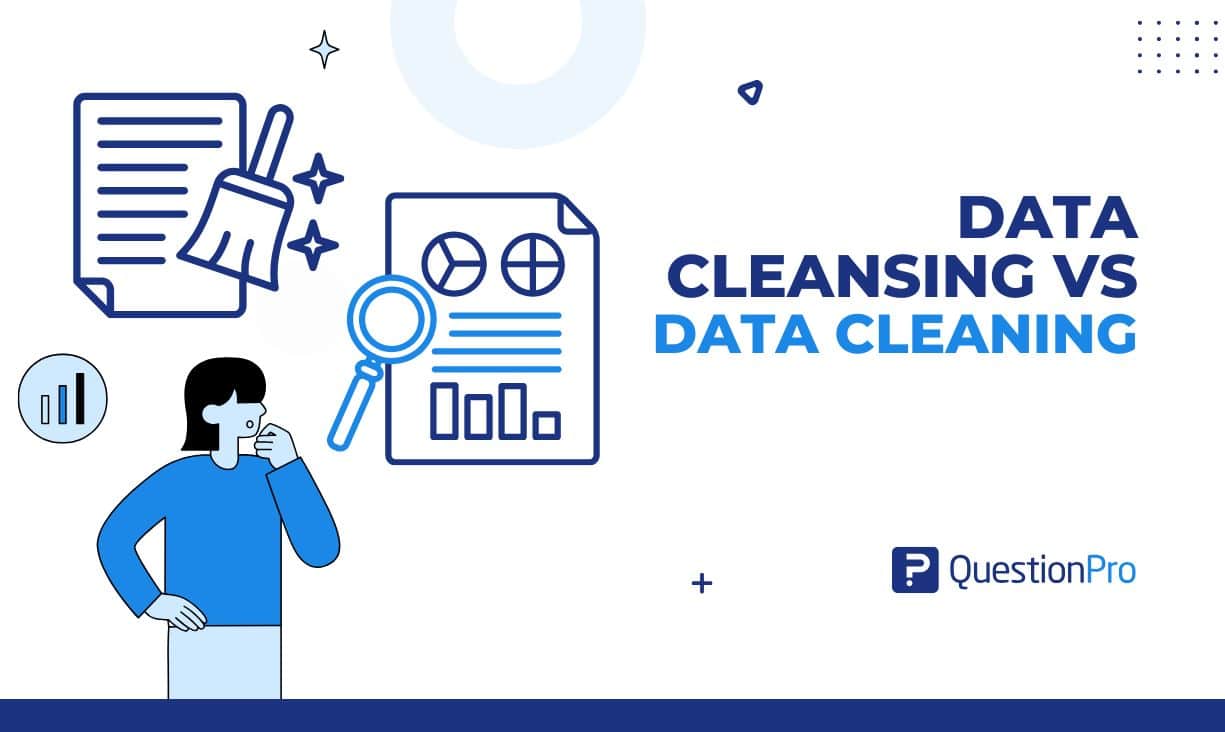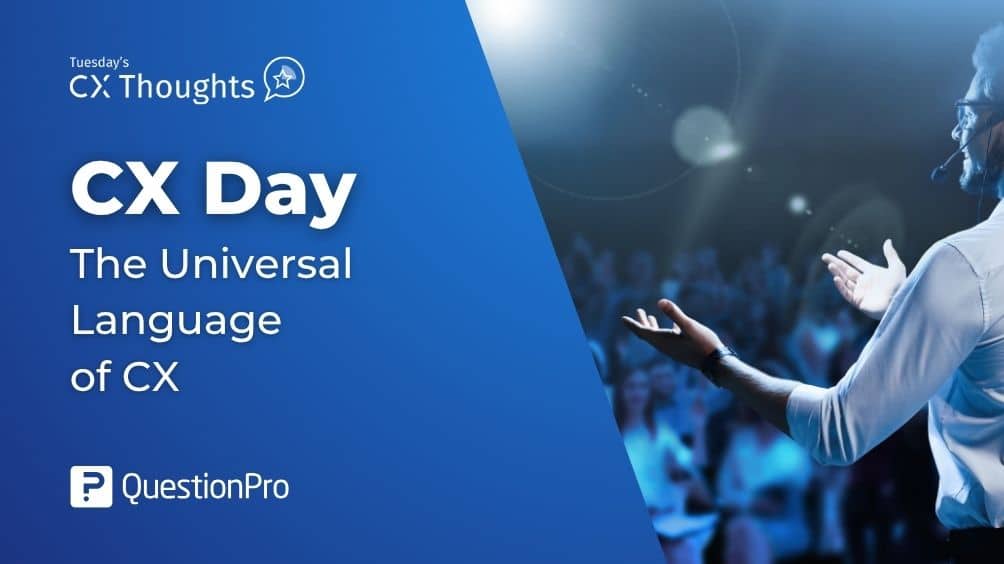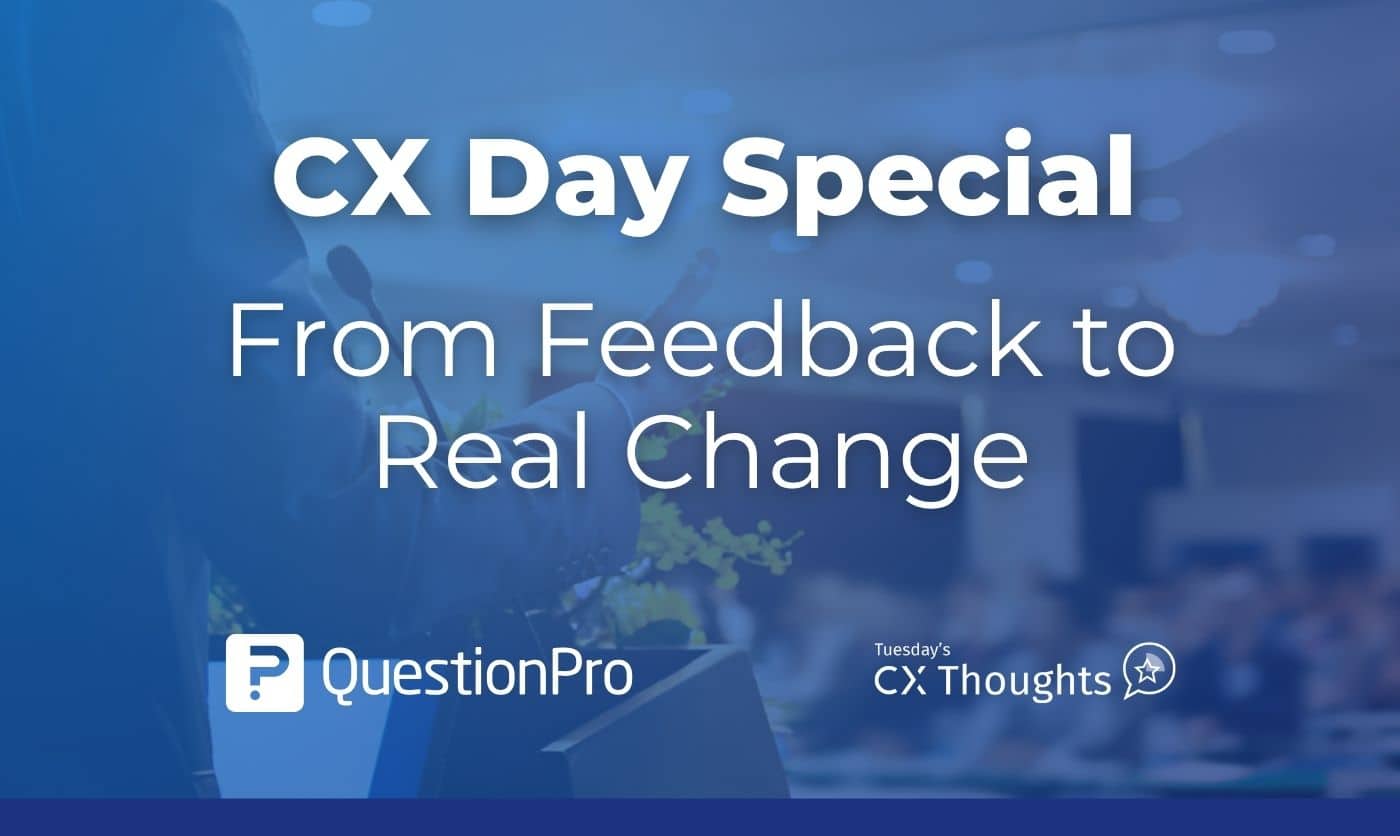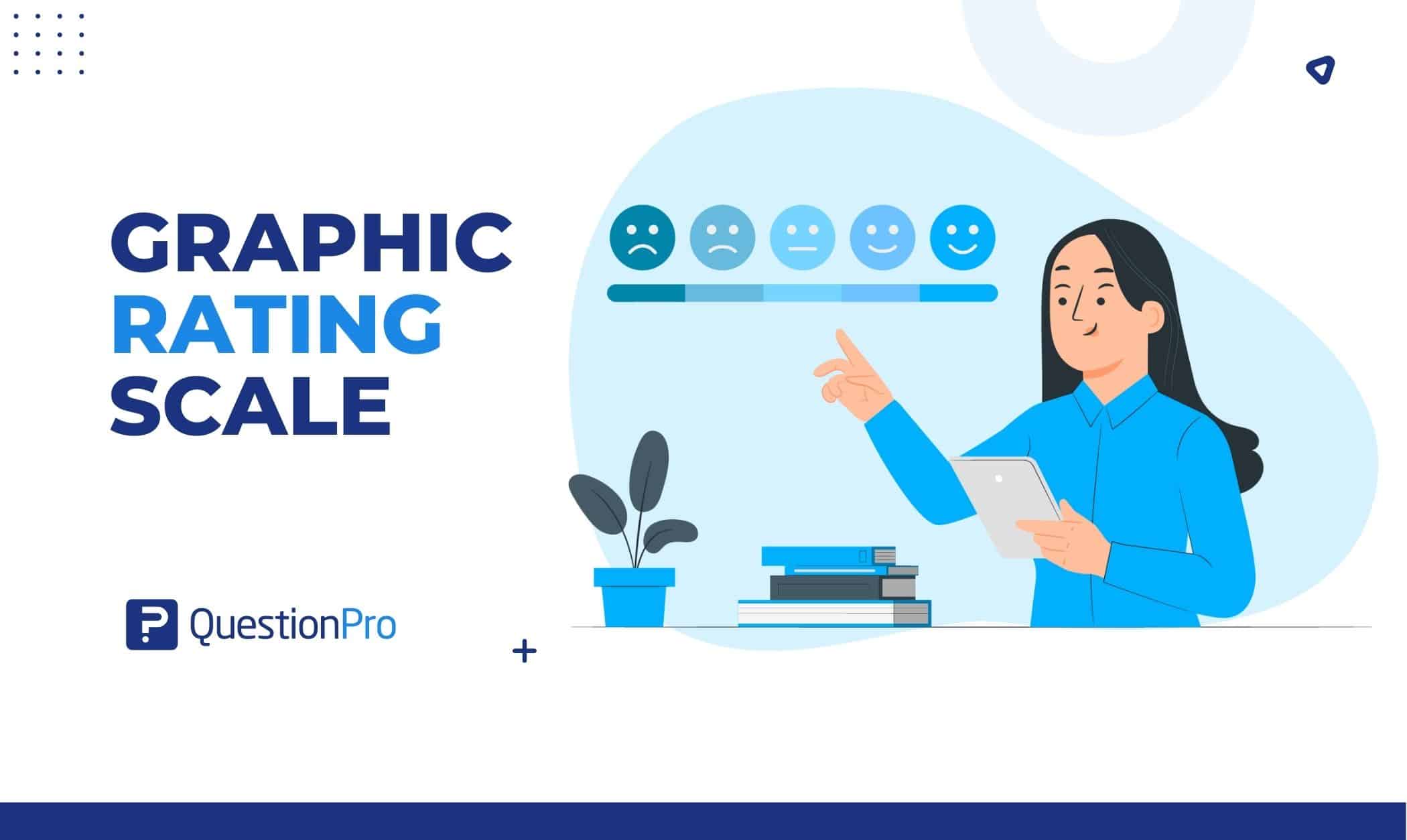
Facilitating regular employee assessments is one of the main duties of every human resources department. They must ensure that employees know their strengths and weaknesses and how to step up in the company. That’s why HR professionals are always looking for ways to evaluate employee performance that can accurately show where an employee is doing well and, more importantly, where they need to improve. The graphic rating scale is a well-known and reliable approach for evaluating employee performance.
It is crucial to evaluate the pros and cons of this method before implementing it in the workforce because it does provide some unique difficulties. Now, let’s move on to learn its pros, cons, and some examples.
What is the Graphic Rating Scale?
The graphic Rating Scale is a performance appraisal method to evaluate employee engagement, performance & productivity-related criteria.
Respondents can choose a particular option on a line or scale to show how they feel about something. A graphic rating scale shows the answer choices on a scale of 1-3, 1-5, etc. The Likert Scale is a common graphic rating scale example. HR managers often use this rating scale to evaluate employees.
What does the Graphic Rating Scale measure?
Using a graphic rating scale, you can measure various employee behaviors. Forms can be standard or tailored to a specific job or group of similar positions. Behaviors that employees need to have to do their jobs well are usually the ones that are measured.
Commonly measured behaviors using a graphic rating scale include:
- Communication with coworkers
- Initiative
- Self-motivation
- Punctuality
- Teamwork
- Submission of well-done work
Formats of the Graphic Rating Scale
A graphic rating scale may be created in a variety of ways. The rating scale can be created solely based on the employer’s judgment and the employee’s demands.
In any scenario, a two-point scale is used to rate everything. Here are some commonly used formats:
- Number Scale: Numeric values are used for this rating scale. Numbers from either 1 to 5 or 1 to 10 can be used for this ranking. The scale runs from one to ten, with one representing “improvement is needed” and ten representing “outstanding.”
- Word Scale: It comprises performance-related phrases that describe and rank an employee’s performance. For example, the rating scale can be divided into poor, fair, good, and excellent categories.
- Comment Scale: It gives the employee either short or long comments. The comments should be the same for everyone. For example, it can be Meets expectations, Below expectations, Above average, etc. Sometimes, comments can also be complete sentences.
- Mixed Standard Scale: This scale has a mix of statements that show good, average, and bad performance. The supervisor is requested to grade each employee with a rating of positive (+) rating, neutral (=), or negative (-) rating corresponding to above-average, average, and below-average performance.
What are the pros of the Graphic Rating Scale?
There are many good reasons why employers use a rating scale to measure how well employees do their jobs. When objective data isn’t available or helpful for the situation, a graphic rating scale is often the best choice.
Here are some good things about these scales:
User-friendly
The graphic rating scale method is simple and easy to understand. Most people have probably filled out a similar questionnaire before, so it doesn’t take much extra training, and both managers and employees can understand it. This is why it is often used to rate performance.
Behavior quantification simplifies evaluation
Finding and acting on ways to improve is easy, and you can keep track of your progress. The way this method measures behavior makes it much easier to look at the feedback and find trends, patterns, and other changes. This makes the whole appraisal system run more smoothly.
Cost-effective
A graphic rating scale can be made quickly, and many questions can be used more than once because they apply to more than one role in the organization. This makes it a cheap way for almost any business to measure employee performance.
What are the cons of the Graphic Rating Scale?
The method of using a graphic rating scale also has certain cons. Using these rating systems has the following limitations:
Evaluators’ subjectivity
The graphic rating scale demands your subjective judgment. Thus, your definition of a satisfactory job may vary from other leaders. The nature of your relationship with the team member may also affect how you respond.
Biases
When using a graphic rating scale, the bias known as the halo effect manifests itself when employees evaluate a candidate simply based on their considered best quality. This can happen if an employee dresses very nicely or talks very well. It can also happen if a friend or coworker strongly recommends an employee.
Hard to know employee strengths
After the survey, the total points are calculated, and an average score is provided to each employee. This may not give an accurate picture of an employee’s overall performance, which is a problem with this type of scale.
Example of Graphic Rating Scale
Let’s look at several examples of how a graphic scale can be implemented.
Example 1
Question: How would you rate the employee’s ability to communicate?
Choose the best answer:
- Very poor (The employee fails to reveal critical information, is terrible with clients, or confuses coworkers)
- Below Average (The employee has trouble communicating with coworkers and customers)
- Average (Neither excellent nor bad with words)
- Good (The employee communicates with colleagues and customers well and on time)
- Excellent (The employee’s communication skills boost the efficiency of their team)
Example 2
Question: This employee has a strong desire to succeed independently.
Decide which response you agree with most:
- Strongly disagree (The employee needs micromanagement and doesn’t complete responsibilities unless encouraged)
- Disagree (The employee rarely takes the initiative)
- Neutral (The employee’s self-motivation isn’t clear, or they haven’t had many chances to be proactive)
- Agree (The employee makes an effort to help out where they can and rarely needs reminders to finish their work.
- Strongly agree (The employee completes projects early and regularly volunteers for extra work)
Example 3
Question: Rate the employee on how well they pay attention to details.
Choose a number from 1 to 10, where 1 means very poor, and 10 means excellent.
LEARN ABOUT: Behavioral Competency
Conclusion
The graphic rating scale method is superior to other methods for performance management measurement because it provides higher accuracy. This approach is used widely in many industries and produces decent results.
It is possible to develop an effective action plan to increase engagement, productivity, and effectiveness across the organization by combining this strategy with other approaches to get a precise picture of your employees’ performance. Despite its drawbacks, it’s one of the best ways to monitor employee performance.
The QuestionPro research suite is a collection of tools for making the most of research and changing experiences. QuestionPro provides researchers with data collection tools such as survey software and InsightHub for long-term research.
If you need assistance with configuring the graphic rating scale, contact the QuestionPro team of specialists. Schedule a demo or tell us what you require! QuestionPro can assist you in making the most of your requirements and guiding you through the process.




